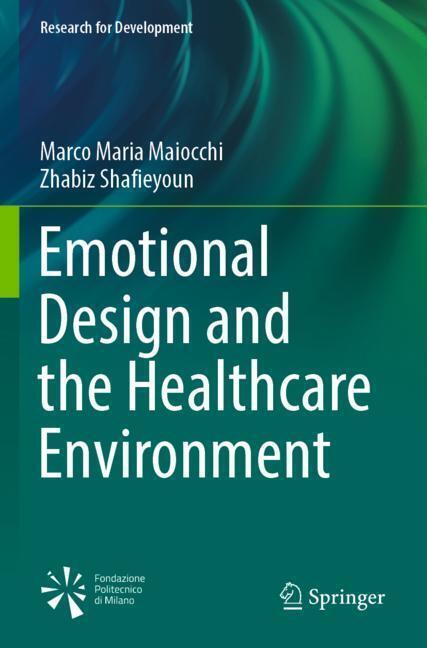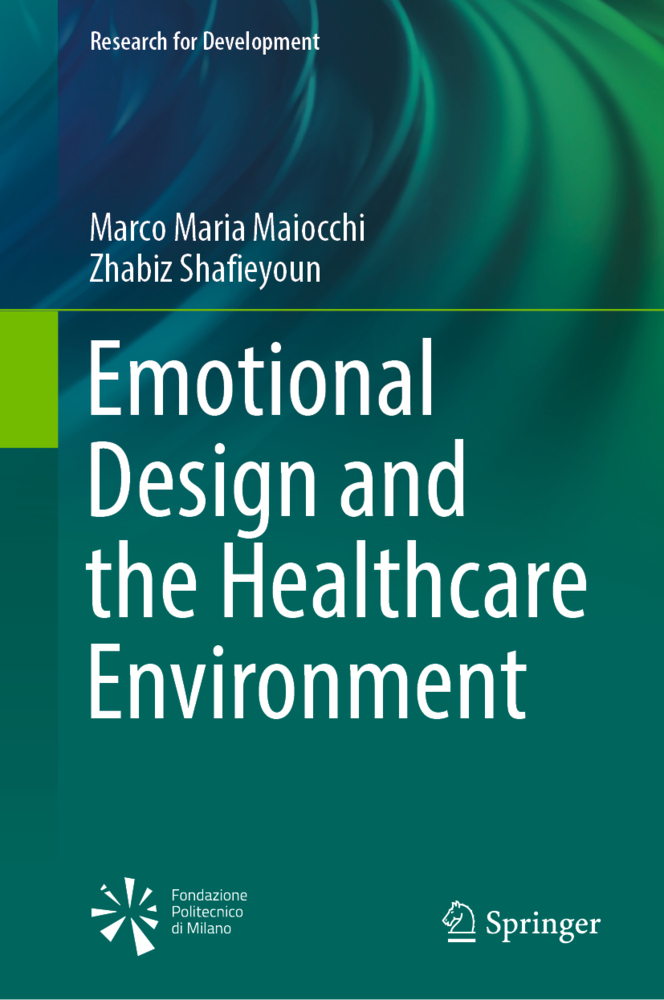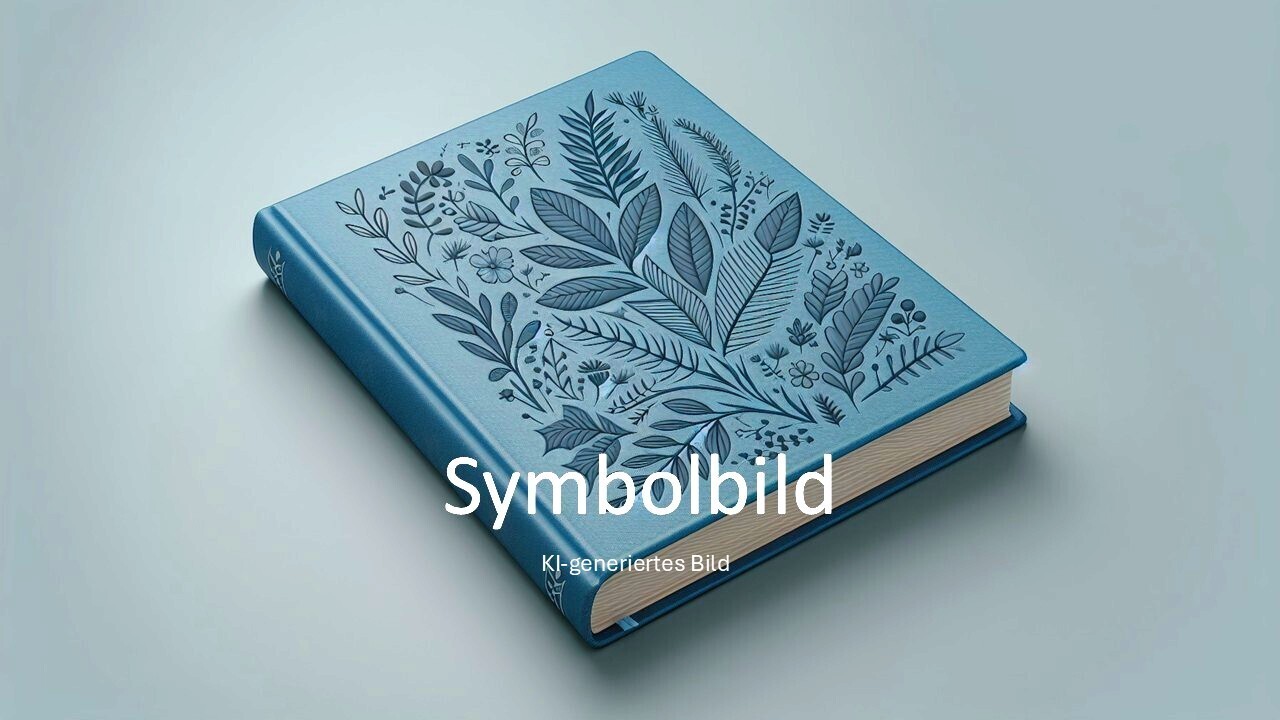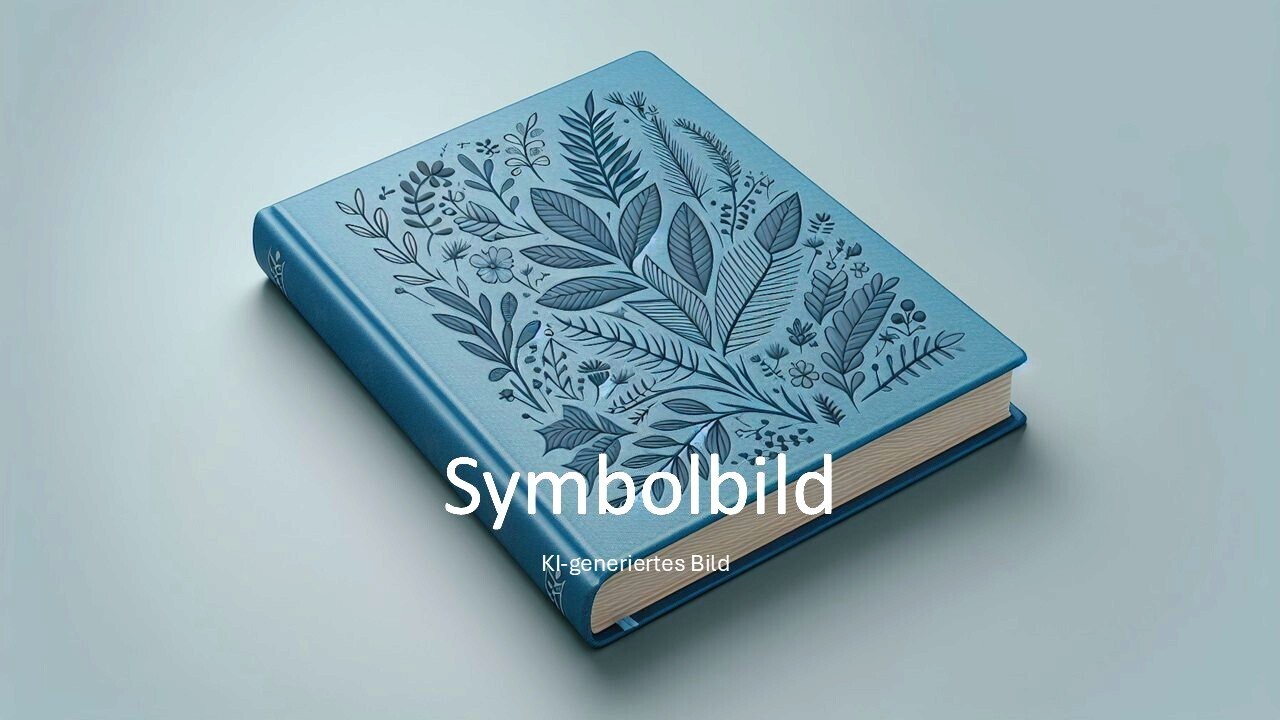Emotional Design and the Healthcare Environment
Emotional Design and the Healthcare Environment
For all of the tremendous advances in medicine and treatment the world has seen in the modern era, the human body's ability to heal itself remains a (literally) vital and often overlooked facet of healthcare.
Through the use of emotional design, aimed at transforming healthcare environments, such as waiting rooms, in such a way as to boost the emotional wellbeing of patients, and thus their general attitudes, including in regard to their own healing processes, medical institutions can improve outcomes for the people they treat while simultaneously lowering overall costs.
Design, as an inherently transdisciplinary, problem-solving activity, is well-suited to this task. And when combined with a field of study such as neuroscience, which can literally map out the perceptions that lead to the experience of particular emotions, healthcare environments can be transformed into spaces (through such innovations as Kansei engineering) that then subsequently transform the people who rely on them the most, leading to more efficiency and less red ink.
Introduction: the aim of the book and the context in which the researches and the projects that have been ongoing?
1 Emotional Design2 A model of a healthcare organization and environment, system design and interior design
3 The goals of Emotional Design for improving healthcare environments (trust in doctors and in organisations, compliance to prescriptions, reaction to therapies, efficiencies of patient care)
4 Measures - Kansei Engineering (KE) - Flow KE, Proposed categorical analysis and traditional measures
5 Experiences
6Beyond Design
7 A general model of intervention referring to the healthcare model of Chapter 2 (25 pages) Mapping user journey onto circulation plan of the space
8 Final remarks
9 References.
Maiocchi, Marco Maria
Shafieyoun, Zhabiz
| ISBN | 978-3-030-99848-6 |
|---|---|
| Artikelnummer | 9783030998486 |
| Medientyp | Buch |
| Copyrightjahr | 2023 |
| Verlag | Springer, Berlin |
| Umfang | XIII, 144 Seiten |
| Abbildungen | XIII, 144 p. 118 illus., 98 illus. in color. |
| Sprache | Englisch |











